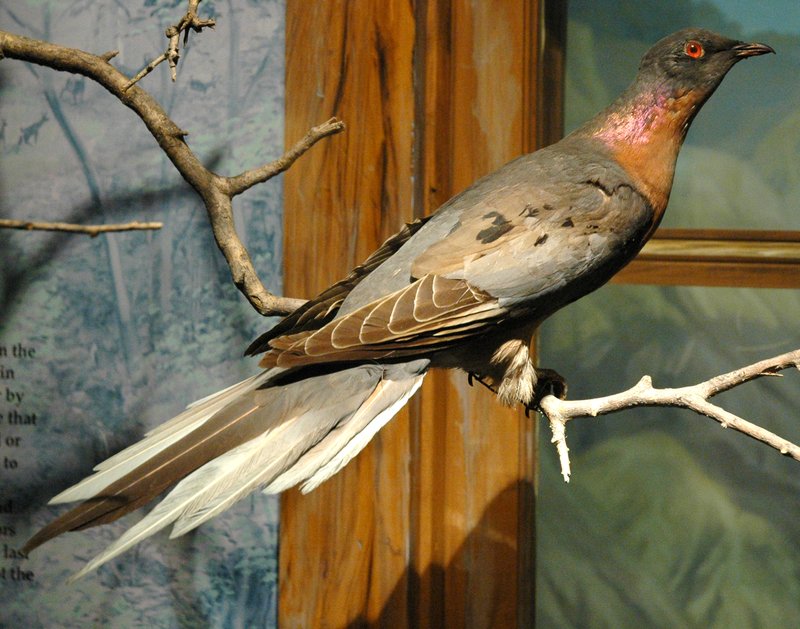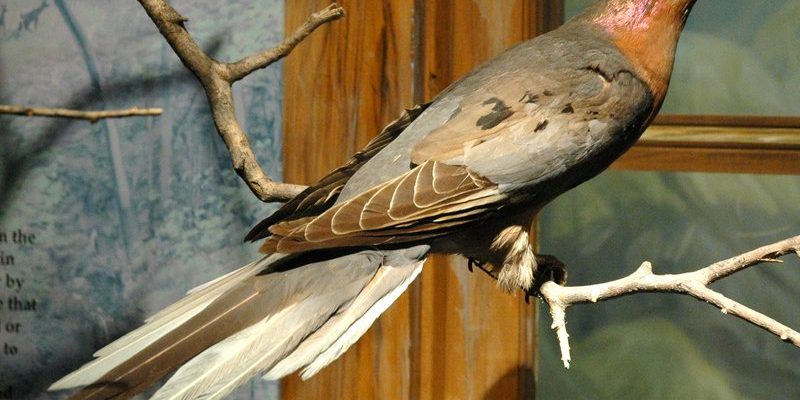
So, why does the passenger pigeon matter to us today? Think of it as a cautionary tale. The cultural significance of this bird captures our imagination, reminding us of what we’ve lost and the stories we’ve crafted around it. From regional folklore to artistic representations, the passenger pigeon has made an undeniable mark on the tapestry of local culture.
The Historical Context of the Passenger Pigeon
The passenger pigeon once filled the skies above North America. These birds were so abundant that they could darken the sun as their flocks flew overhead. Historically, they played a crucial role in the ecosystems where they lived, consuming vast amounts of acorns and beech nuts, which influenced the growth of forests. The sheer numbers of these birds offered a plentiful food source for both humans and predators, leading to their deep-rooted significance in various cultures.
However, by the late 19th century, overhunting and habitat loss took a toll. The last known passenger pigeon, named Martha, died in captivity in 1914. This marked not only the extinction of a species but also the loss of a cultural icon. Tales of their vast flocks and remarkable migrations became stories worth storytelling, echoing a time when nature’s rhythms defined local life.
Passenger Pigeons in Indigenous Cultures
For many Indigenous peoples, the passenger pigeon was not just another bird; it was a part of their spiritual and cultural fabric. Tribes often incorporated the bird into their myths and stories, using its image to teach lessons about balance, respect for nature, and the cycles of life. For instance, the passenger pigeon’s immense flocks were seen as manifestations of abundance, and their migrations were considered journeys of significance.
Indigenous groups also relied on the passenger pigeon for sustenance. They would hunt these birds not only for food but also for their feathers, which were used in cultural ceremonies and regalia. This relationship fostered a deep respect for the pigeon, intertwined with the people’s connection to the land. The extinction of the passenger pigeon signified more than the loss of a species; it was also a loss of cultural identity and heritage for many tribes.
Folklore and Myths Surrounding the Passenger Pigeon
The passenger pigeon inspires plenty of folklore, often embodying themes of abundance and loss. Stories passed down through generations hint at the birds’ mystical qualities. For instance, some tales suggest that the pigeons would bring messages from the spirit world, or serve as omens of change. Their sudden disappearance led to various interpretations, with some seeing it as a warning about how nature could reclaim its power.
Additionally, in rural areas, the passenger pigeon was often associated with changeable weather patterns. Farmers would watch for their arrival as an indicator of the upcoming season, entwining their migratory patterns with agricultural practices. This connection between the birds and the agricultural cycle highlights the importance of ecological awareness in folklore.
The Passenger Pigeon in Literature and Art
The allure of the passenger pigeon has found its way into various forms of art and literature. Poets like John James Audubon celebrated their beauty and grace through illustrations and writings. Artists often depicted them fluttering through vast forests, capturing their essence and ethereal nature.
Literature has also been deeply influenced by the passenger pigeon. Various authors have woven the bird into narratives reflecting themes of loss and nostalgia. The tales of the passenger pigeon serve as poignant reminders of what once was, leading to reflections on conservation and the importance of preserving our natural world.
Modern Implications and Conservation Messages
The story of the passenger pigeon extends beyond the realms of folklore; it’s a critical reminder about the consequences of human actions on nature. The rapid decline and subsequent extinction of such a once-abundant species highlight the need to pay attention to our environment. Conservationists today draw lessons from the passenger pigeon’s fate, advocating for the protection of other endangered species.
This bird’s tale is also a rallying call for the importance of biodiversity and habitat preservation. Just as the passenger pigeon was once a vital part of its ecosystem, other species play key roles today. By understanding the mistakes of the past, we can aim to preserve what remains and mitigate further loss.
The Passenger Pigeon in Contemporary Culture
Today, the passenger pigeon continues to inspire new movements in conservation and sustainability. Various organizations incorporate education about passenger pigeons into their missions, aiming to raise awareness about extinction and habitat protection. Art installations and public projects often pay homage to the bird, reminding people of its remarkable history and the lessons it offers.
In urban settings, the memory of the passenger pigeon has led to a rethinking of our relationship with nature. Community gardens, wildlife habitats, and educational programs now strive to connect people with the environment in meaningful ways. These contemporary efforts are steps toward ensuring that we don’t repeat the mistakes of the past.
Final Thoughts
Reflecting on the role of the passenger pigeon in local cultures and folklore reveals a deep connection between humans and nature. From ancient myths to modern conservation efforts, this bird symbolizes not just what we’ve lost, but also the possibilities for the future. Remember, every story we tell about the passenger pigeon extends far beyond its extinction; it’s a narrative about our responsibility to protect our environment.
As we move forward, let’s carry the lessons of the passenger pigeon with us. They remind us not only of the beauty of nature but also of our part in preserving it. So next time you hear a bird call, maybe take a moment to reflect on the stories that surround its existence. After all, every creature has a tale worth sharing.

